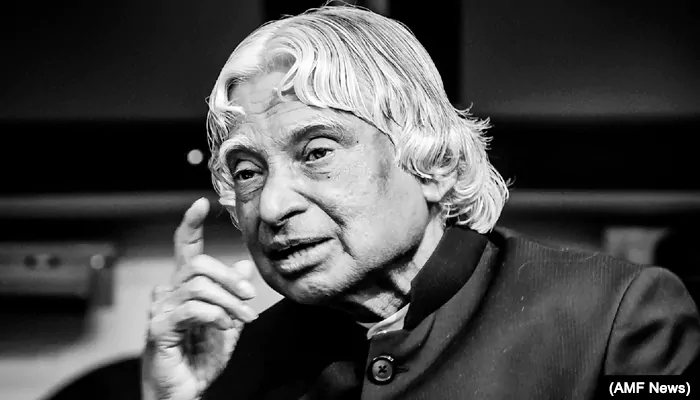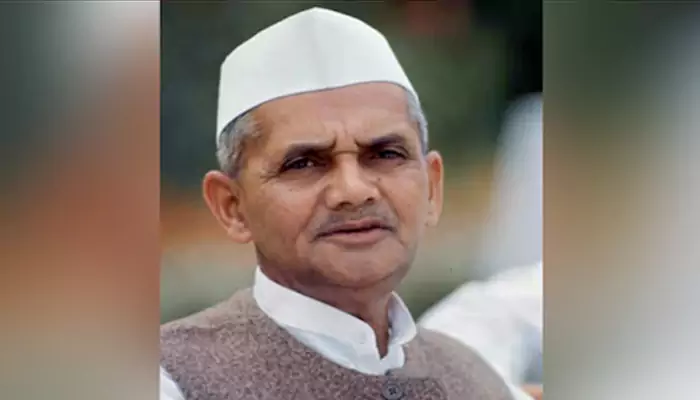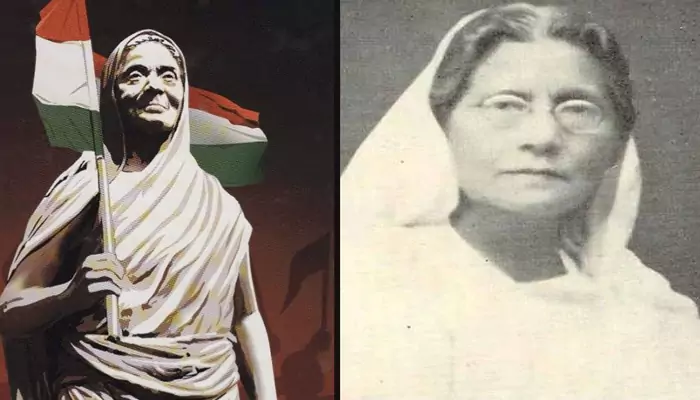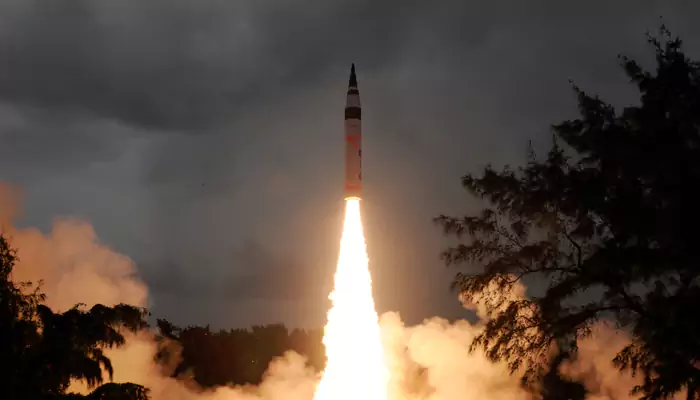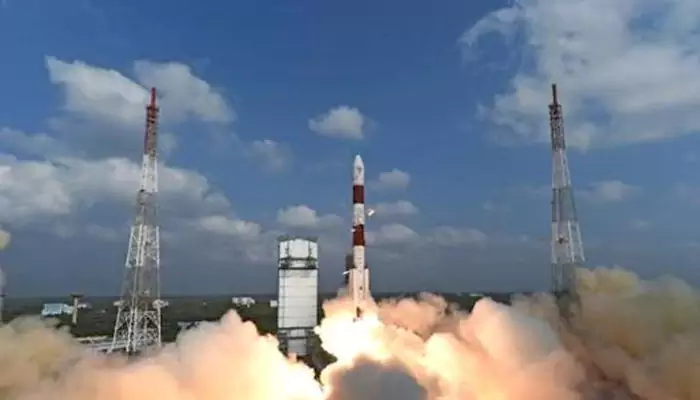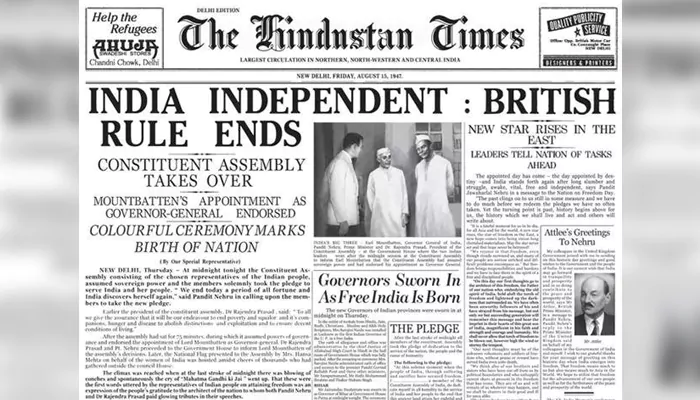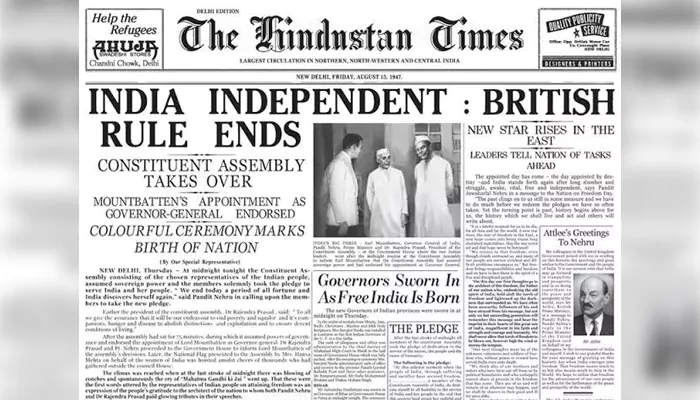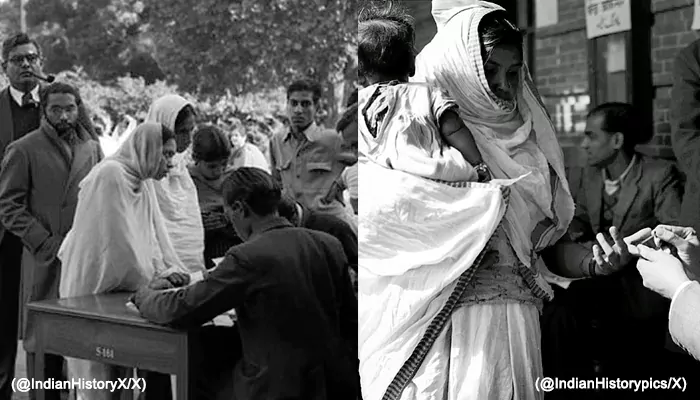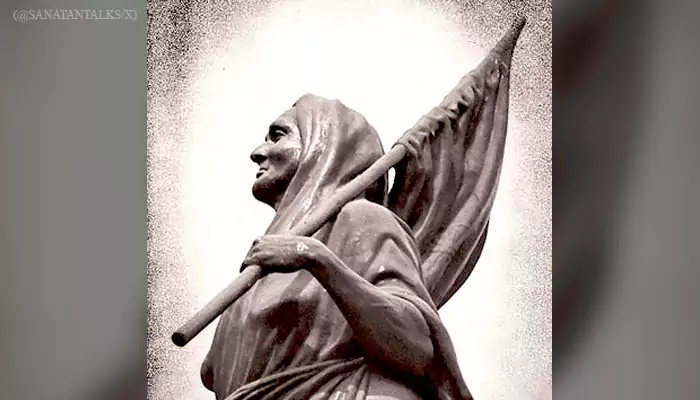Union Budget 2024: Transformative Moments that Shaped Indian Economy
- Admin
- 1 year ago
- 3 minutes read

Presented annually by Department of Economic Affairs under the supervision of Ministry of Finance, the Union Budget is a comprehensive financial blueprint for India.
Since independence, India witnessed a total of 73 annual budgets, 14 interim budgets and 4 special budgets. As, all eyes are currently on coalition government’s first Union budget, let’s discuss transformative budget presentations that shaped Indian economy.
Budget of 1957-58 by T T Krishnamachari:
Post-independence was a shaky for India considering a new Country planning to make significant impact in global map. With that vision, T T Krishnamachari introduced path-breaking tax reforms during the budget for FY 1957-58. The major highlight was wealth tax. As per Wealth Tax Act, 1957, “wealth tax would be levied on the total value of personal assets.” It continued in different forms and eventually got abolished in 2015. The wealth tax was replaced in 2016-17 budget with an additional surcharge of 2 % on Indians with a taxable income of more than 1 crore yearly.

Budget of 1991-92 by Manmohan Singh:
Often considered as the saviour of Indian economy, the budget presented by Finance Minister Manmohan Singh gave a new definition of foreign trade. Economist by profession, Singh served as a Chairman of the Planning Commission and Chief Economic Advisor to the Government previously. He totally revamped the import-export policy and made the Indian economy more “global trade friendly”. From reducing customs duty to 150 % from 220 % to steps against ‘Licence Raj’ prepared India for economic liberalisation. It was the beginning of India to shine in international market with a bright reputation.

Budget of 1997-98 by P Chidambaram:
P Chidambaram, Manmohan Singh’s understudy in PV Narasimha Rao’ cabinet presented a stellar Budget in the United Front government. Among many, a significant step was reducing personal income tax and corporate tax. The highest personal tax, which was 40% at that time, was reduced to 30%. It was a huge relief for common Indian citizens. The corporate tax rate for domestic companies was reduced from 40% to 35%. Additionally, he increased the investment limit for foreign institutional investors. Many financial experts mentioned this budget as ‘Dream Budget’ for indian economy.

Budget of 2000-01 by Yashwant Sinha:
Yashwant Sinha’s Budget totally revolutionised India's Information Technology (IT) sector. The finance minister proposed to reduce customs duty on 21 items, including computers, which eventually led to a boom in the IT industry. Special efforts were made to bolster rural economy, modernizing traditional industries, and nurturing knowledge-based industries.

Budget of 2017-18 by Arun Jaitley:
This Budget is credited for many firsts. In earlier days, railway budget and union budget were presented separately. However, Indian government took a decision of merging both these budgets. For the first time independent India, finance minister presented the combined railway and union budget. Moreover, the government has discontinued planned and non-planned expenditure and has increased allocation for capital expenditure by 25.4% over the previous year.
Following the practice from the last three full Union Budget and one Interim Budget presentations, this year also, the Union Budget will be conveyed in a paperless format. Live updates and more details can be obtained from “Union Budget Mobile App”.
Finance Minister Nirmala Sitharaman is all set to present the Union Budget on July 23, 2024.

